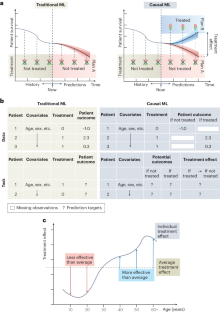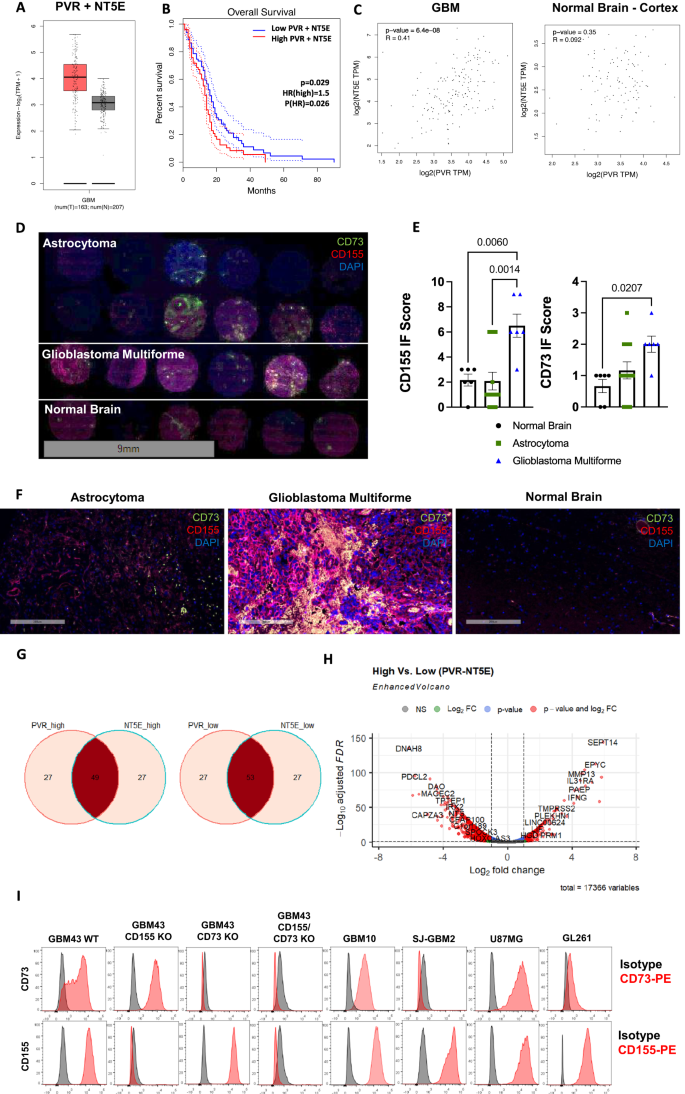2024-04-03 テキサス大学オースチン校(UT Austin)
<関連情報>
- https://oden.utexas.edu/news-and-events/news/biomechanistic-modelling-prostate-cancer/
- https://aacrjournals.org/cancerrescommun/article/4/3/617/734984/A-Pilot-Study-on-Patient-specific-Computational
画像情報に基づくバイオメカニスティック・モードを用いた積極的サーベイランス中の前立腺がん増殖の患者別計算予測に関するパイロット研究 A Pilot Study on Patient-specific Computational Forecasting of Prostate Cancer Growth during Active Surveillance Using an Imaging-informed Biomechanistic Mode
Guillermo Lorenzo;Jon S. Heiselman;Michael A. Liss;Michael I. Miga;Hector Gomez;Thomas E. Yankeelov;Alessandro Reali;Thomas J.R. Hughes
Cancer Research Communications Published:March 01 2024
DOI:https://doi.org/10.1158/2767-9764.CRC-23-0449

Abstract
Active surveillance (AS) is a suitable management option for newly diagnosed prostate cancer, which usually presents low to intermediate clinical risk. Patients enrolled in AS have their tumor monitored via longitudinal multiparametric MRI (mpMRI), PSA tests, and biopsies. Hence, treatment is prescribed when these tests identify progression to higher-risk prostate cancer. However, current AS protocols rely on detecting tumor progression through direct observation according to population-based monitoring strategies. This approach limits the design of patient-specific AS plans and may delay the detection of tumor progression. Here, we present a pilot study to address these issues by leveraging personalized computational predictions of prostate cancer growth. Our forecasts are obtained with a spatiotemporal biomechanistic model informed by patient-specific longitudinal mpMRI data (T2-weighted MRI and apparent diffusion coefficient maps from diffusion-weighted MRI). Our results show that our technology can represent and forecast the global tumor burden for individual patients, achieving concordance correlation coefficients from 0.93 to 0.99 across our cohort (n = 7). In addition, we identify a model-based biomarker of higher-risk prostate cancer: the mean proliferation activity of the tumor (P = 0.041). Using logistic regression, we construct a prostate cancer risk classifier based on this biomarker that achieves an area under the ROC curve of 0.83. We further show that coupling our tumor forecasts with this prostate cancer risk classifier enables the early identification of prostate cancer progression to higher-risk disease by more than 1 year. Thus, we posit that our predictive technology constitutes a promising clinical decision-making tool to design personalized AS plans for patients with prostate cancer.
Significance:
Personalization of a biomechanistic model of prostate cancer with mpMRI data enables the prediction of tumor progression, thereby showing promise to guide clinical decision-making during AS for each individual patient.


